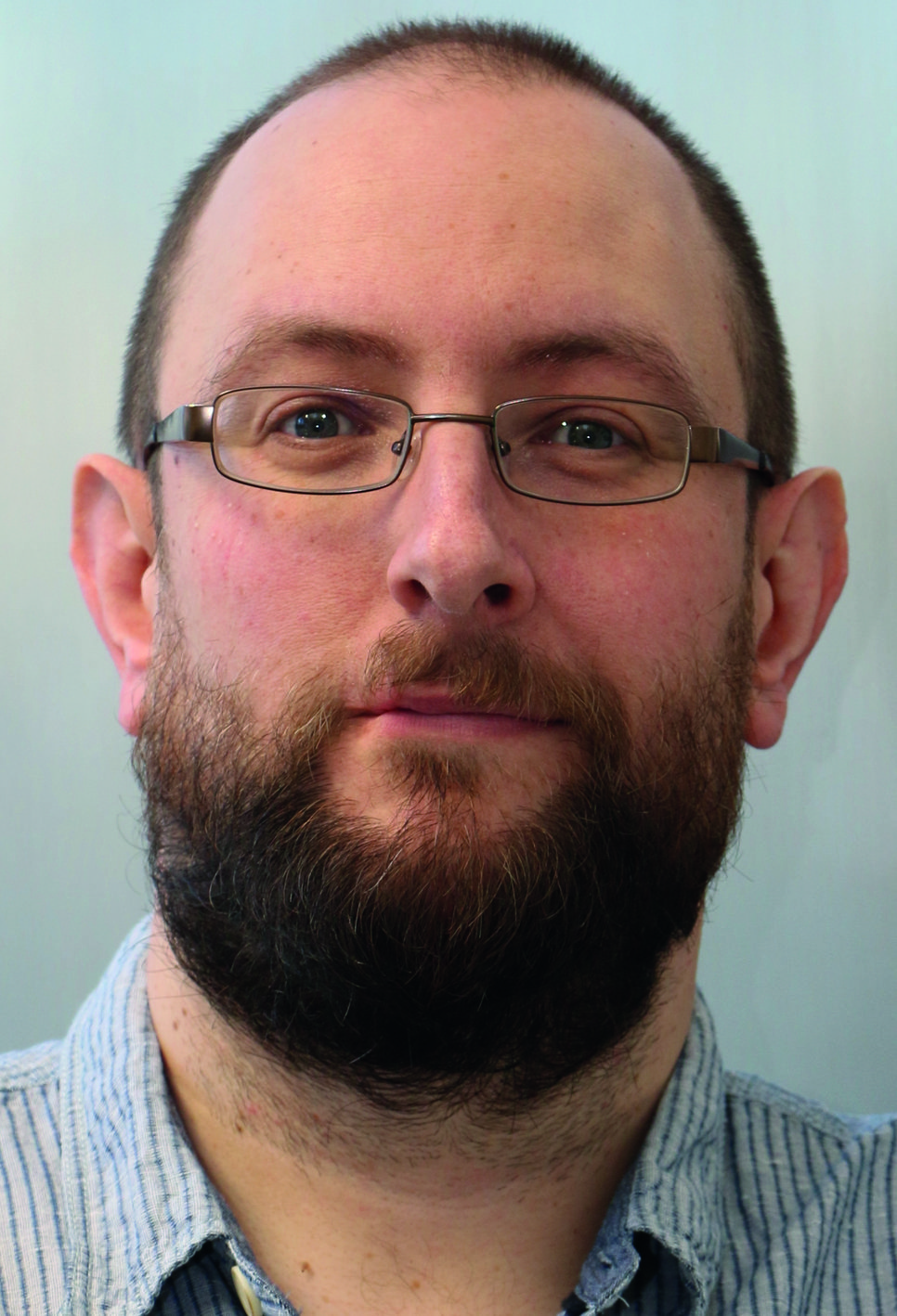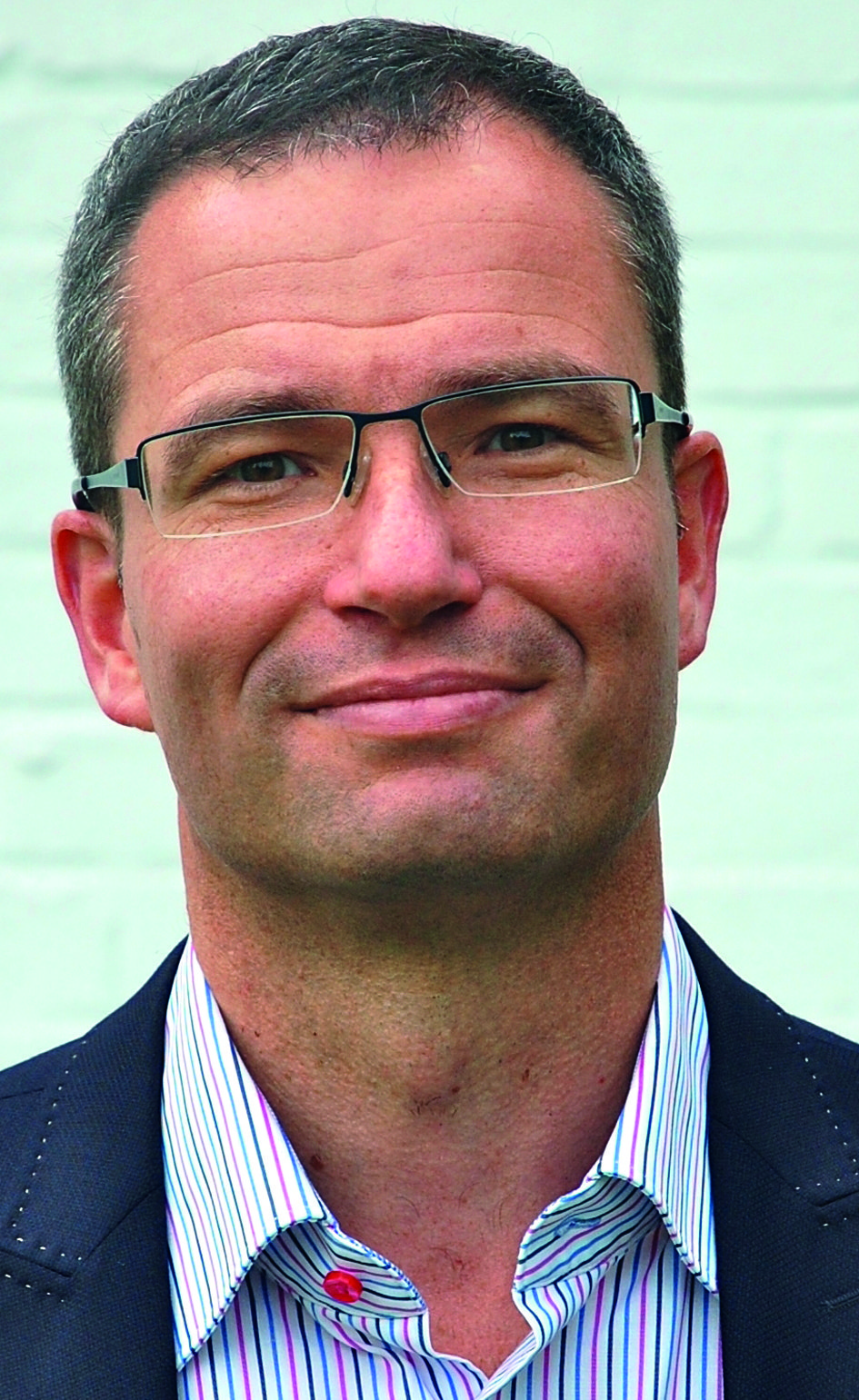Scientists at the MPIE

Dr. Baptiste Gault is the new head of the group Atom Probe Tomography. Atom Probe Tomography is a cutting-edge microscopy and microanalysis technique that maps compositional variations in three-dimensions with near-atomic resolution. The group is investigating an array of materials that includes e.g. ferrous, aluminium, titanium, nickel & cobalt alloys as well as semiconductors that find application in photovoltaic applications. Insights from atom probe tomography help advance understanding the direct link between a material’s nanostructure, e.g. the composition of phases, the segregation of species at crystalline defects, the distribution of dopants in semiconductors, and its intrinsic physical and mechanical properties. This understanding can then be used to guide the design of new, or optimise existing materials.
Before being group leader at the MPIE, Gault has pursued research in the institutions that have most contributed to the development of the technique: he obtained his PhD in Rouen in France (2006), followed by research scientist and research fellow positions at the University of Sydney and the University of Oxford (2007-2012). In 2012, he obtained a faculty position at McMaster in Canada, but then moved onto a position of senior publisher and associate editor of Materials Today at Elsevier Ltd. During his time in publishing, Gault was also a visiting academic at the University of Oxford, UK, where he remained involved in atom probe research.
Gault’s contribution spans the development of new instrumentation with the implementation of ultrafast laser onto atom probes, new methods to enhance the spatial integrity of atom probe and extract structural information from the data, as well as the microstructural study of a range of engineering alloys (Al, Zr, steel), semiconductors (Si, III-V) and oxides.

Prof. Jochen M. Schneider is professor and chair of Materials Chemistry at the RWTH Aachen University since 2002. He has been appointed Fellow of the Max Planck Society and leads since October 2015 a group on self-reporting materials at the MPIE. The group’s aim is to combine theoretical as well as experimental methods to design materials which report a change in performance through property changes. This property alteration is based on changes in their chemical composition at the atomic level and/or structure and will be detected during application, enabling direct damage assessment. Initially, materials with periodic charge density distributions are in the research focus. Based on these investigations and quantum mechanical calculations, self-reporting materials will be developed by substituting and adding elements to the material in question. The realization of this concept will enable industry 4.0 on an atomic scale.
Schneider studied materials engineering in Germany, the United Kingdom and the USA and received his PhD in 1998. Subsequently, he worked as post doc at the Lawrence Berkeley National Laboratory in Berkeley, California, USA, and as an assistant professor and docent at the Linköping University, Sweden. He was awarded the Sofja Kovalevskaya Prize for outstanding materials research by the president of the Alexander von Humboldt Foundation in 2001. Moreover, he was appointed fellow of the American Vacuum Society (AVS) in 2013.

